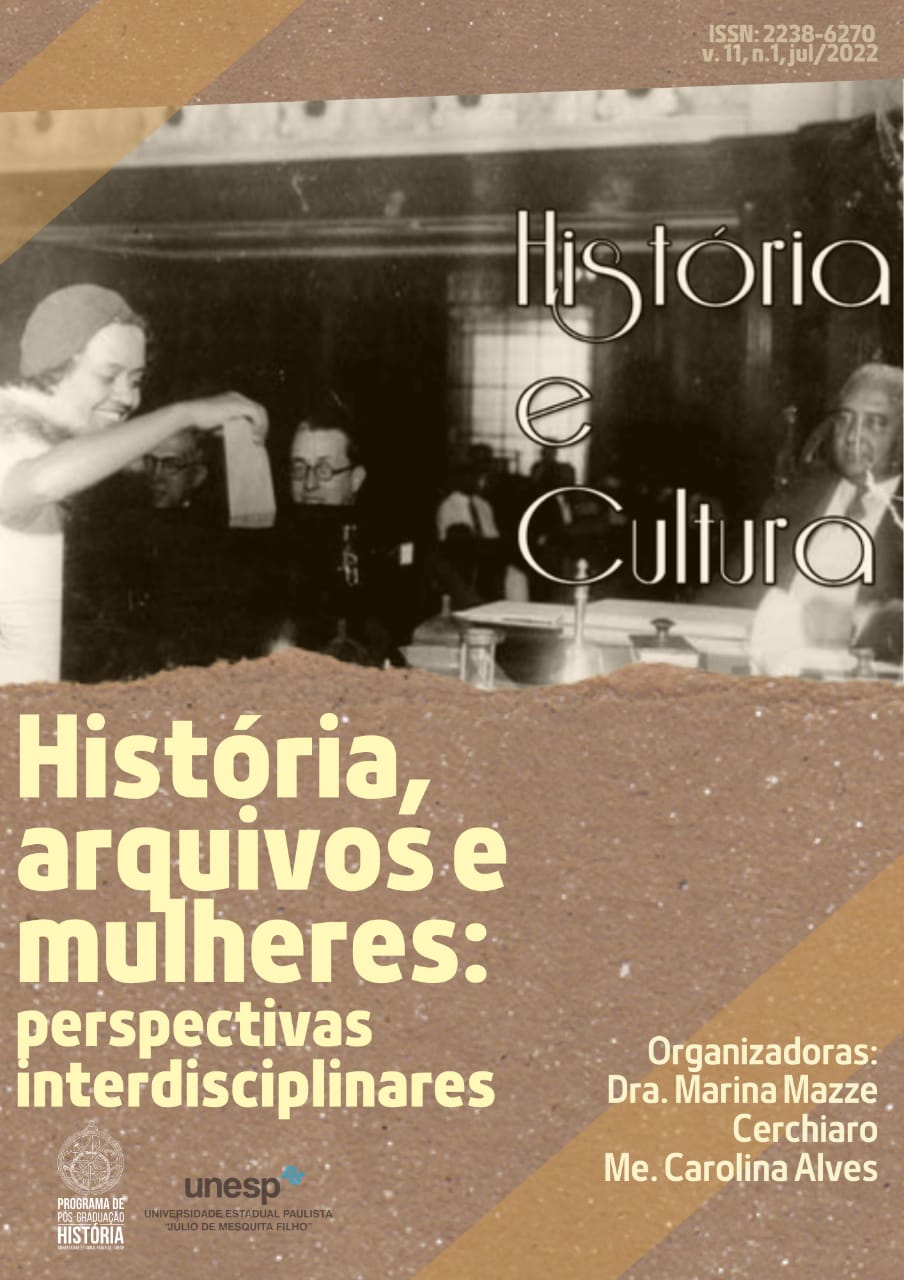GENDER, IDENTITY AND REVOLUTION IN VARGAS TIME
DOI:
https://doi.org/10.18223/hiscult.v11i1.3575Abstract
It seeks to contribute to the understanding of women's participation in the Brazilian revolutionary project. The analytical model intersects the public and private spheres, in the daily life of the home and the street, verifying the limits of the actions of women who became public through political options, contradicting the classic scheme of "man in the square, woman in the house". This is a micro-history, set in the collective universe of the revolutionary struggle, focusing on a group of women who integrated themselves into complex and heterogeneous political programs of leftist revolutionary currents, especially the proto-Trotskyist one. In order to verify the "in-between places" occupied by the "second sex" in the proletarian struggle, this reflection is based on documents found in archives of workers' memory and political police from the 1930s and 1940s.
Downloads
Published
Issue
Section
License
Os(as) autores(as) são os detentores dos direitos autorais dos artigos encaminhados à Revista História e Cultura e fica autorizado ao periódico a publicação do referido manuscrito. O trabalho permanece licenciado sob a Licença Creative Commons Attribution CC BY 4.0, a qual permite o compartilhamento do material desde que a autoria seja devidamente atribuída e referenciada.

